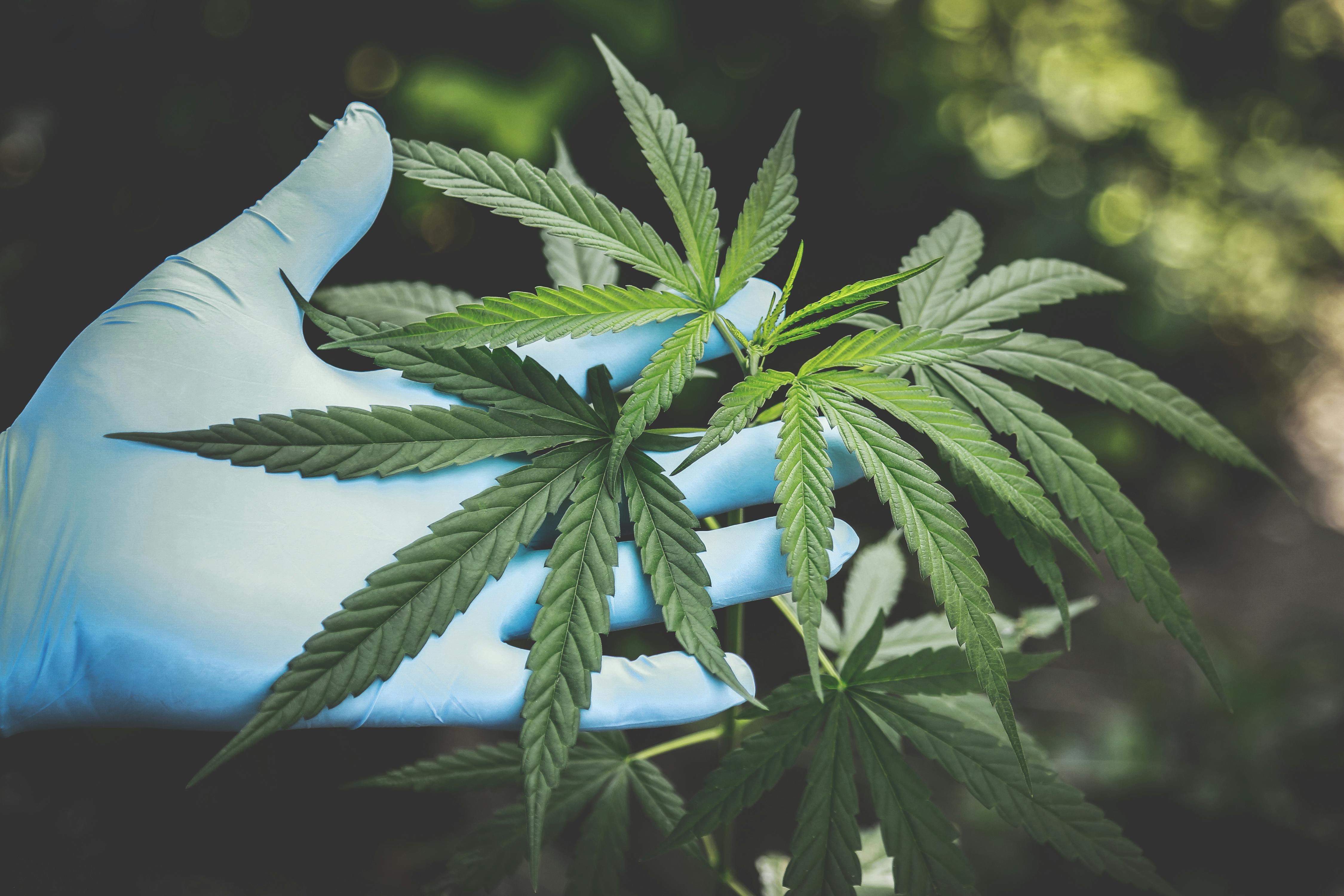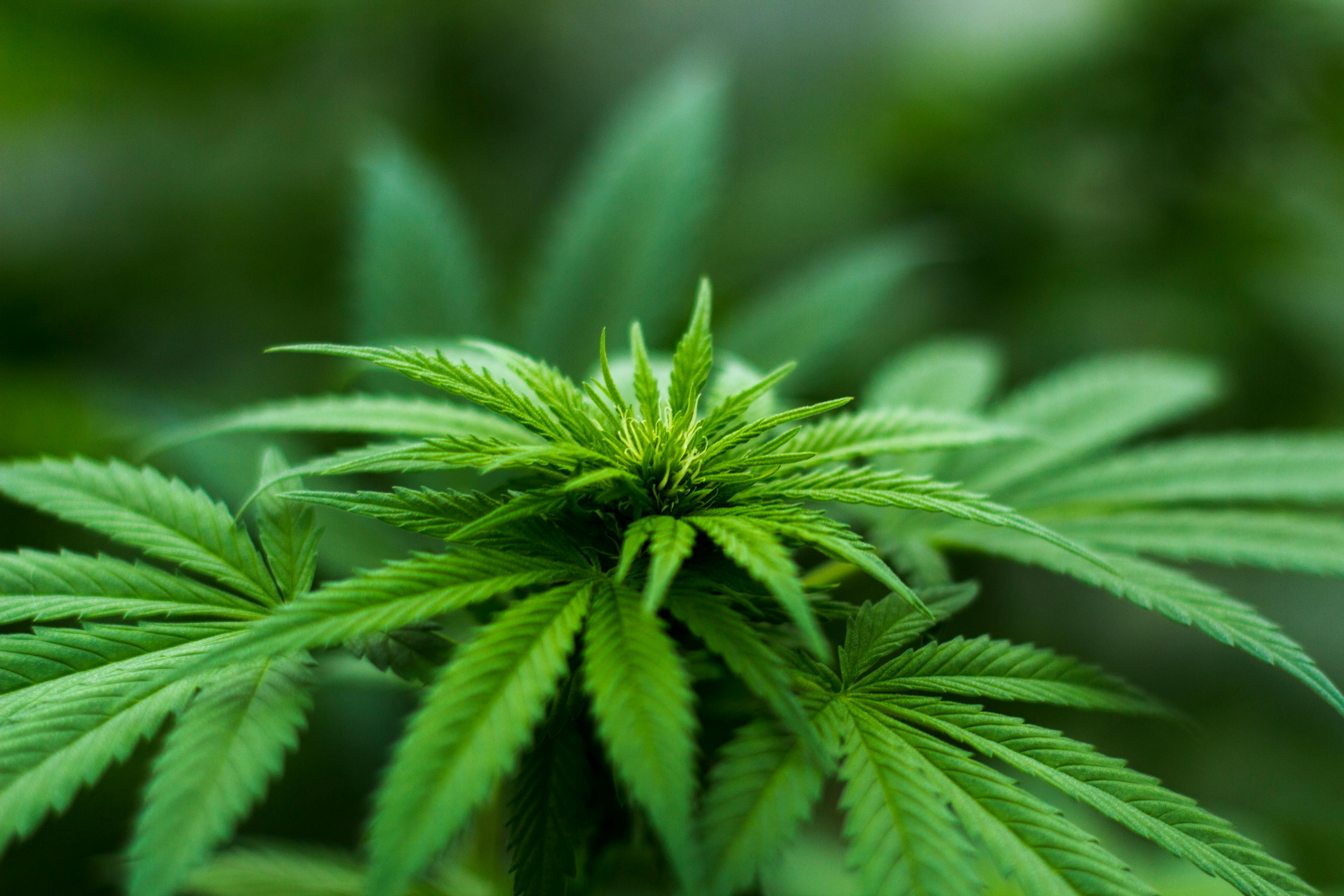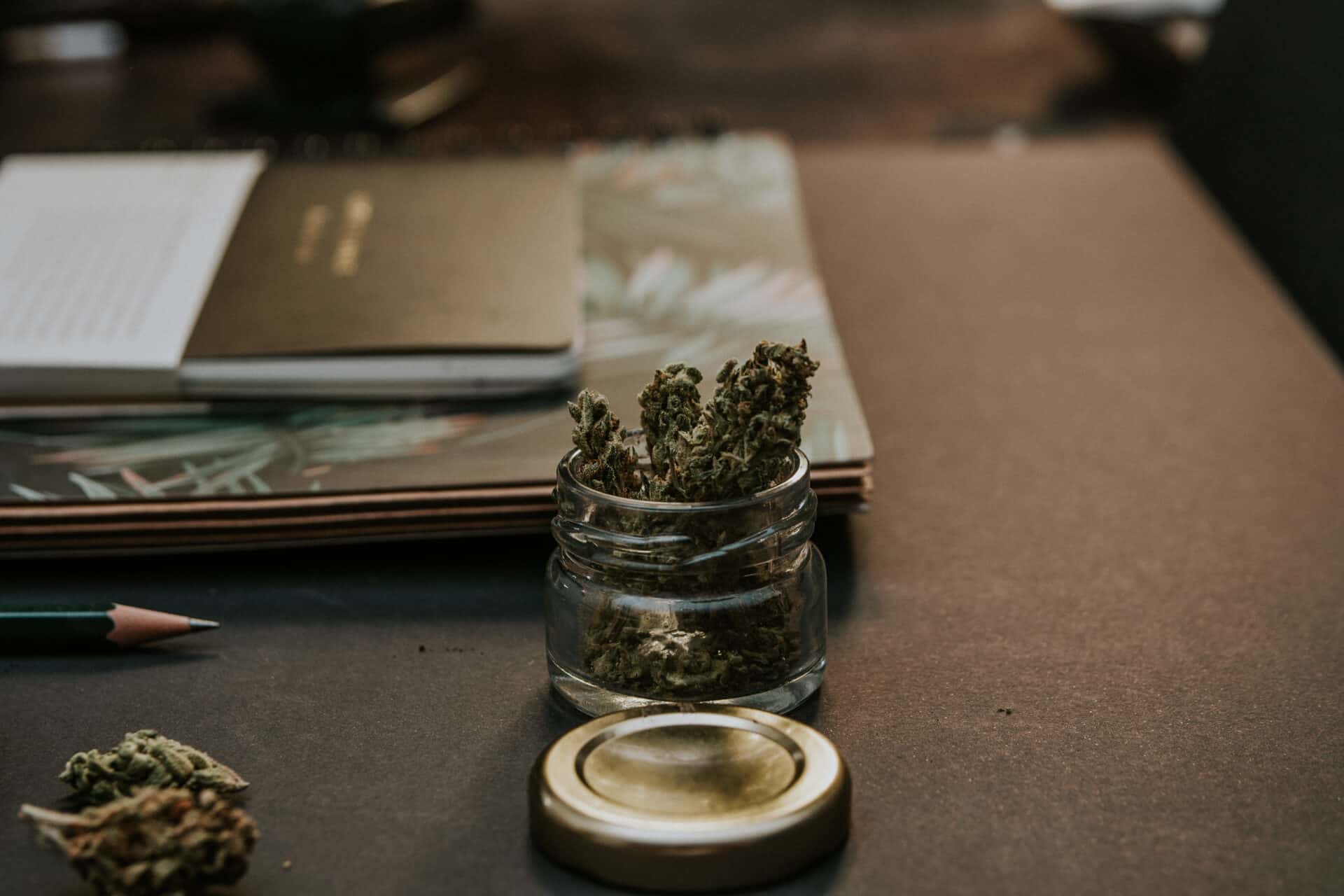Cannabis distillate is an incredibly pure form of cannabis concentrate that is gaining popularity in the cannabis industry. Distillates are made through a process known as fractional distillation, which separates the cannabinoids, terpenes and other components of the cannabis plant into individual fractions. This allows producers to create a highly potent and pure product with a greater degree of control over what goes into it. In this article, we’ll explain how to make cannabis distillate and the benefits it offers.Cannabis distillate is a highly concentrated, refined cannabis extract. It is a thick and translucent liquid that contains upwards of 90% cannabinoid content, making it one of the most potent cannabis products on the market. Distillates are made through an extensive refinement process that separates compounds like cannabinoids and terpenes from the plant material. The end result is a pure, odorless and flavorless liquid that can be used in a variety of ways such as vape cartridges, edibles or tinctures.
What Do You Need to Make Cannabis Distillate?
Cannabis distillate is a highly concentrated, pure form of cannabis extract. To make this powerful product, you need the right equipment, materials, and process. The most important part of the process is having a high-quality source material. As with all extracts, you will need to start with a high-quality cannabis flower or concentrate. You also need a solvent such as ethanol or butane to extract the cannabinoids and terpenes from the source material.
Once you have your source material and solvent ready, you’ll need to set up your distillation apparatus. This typically consists of an evaporator, condenser, and collection vessel. The evaporator is where you heat the solvent-cannabinoid mixture until the volatile compounds evaporate into a vapor. The condenser then cools down the vapor and collects it in liquid form in the collection vessel.
In addition to the distillation apparatus itself, you will also need some lab equipment such as graduated cylinders, beakers, and pipettes for measuring out precise amounts of materials. You may also want to use some safety equipment such as gloves and safety glasses when working with solvents or flammable materials.
Once all your equipment is set up and ready to go, it’s time to begin distilling your cannabis extract into a distilled form. This involves careful monitoring of temperatures and pressure levels in order to ensure that only desired compounds are extracted from the source material while leaving behind unwanted residues or impurities. After several rounds of distillation and filtering, you’ll be left with a clean, pure cannabis extract that is ready for use in various applications such as edibles or topicals.
Distilling cannabis extracts isn’t an easy task but it can be done with precise care and attention to detail. With the right equipment, materials, and process at hand, anyone can create their own cannabis distillate from scratch!
What is Cannabis Distillate?
Cannabis distillate is a highly concentrated form of cannabis oil. It is made through an extraction process that separates the cannabinoids, terpenes, and other compounds from the plant material, resulting in a potent and pure substance. Distillates are often used in the production of edibles, topicals, vape cartridges, and tinctures. They are also used for medical purposes due to their high potency and purity.
What is Needed to Make Cannabis Distillate?
Before beginning the distillation process, you will need some specialized equipment such as a vacuum oven, short path distillation system, and rotary evaporator. You will also need cannabis plant material or pre-made cannabis oil for the extraction process. Additionally, you may need solvents such as ethanol or butane to help extract the desired compounds from the plant material.
Step 1: Decarboxylation
The first step in making distillate is decarboxylation. This process involves heating cannabis plant material or pre-made cannabis oil to activate its cannabinoids and terpenes. This can be done with an oven set to a low temperature (between 180-200°F) for 10 minutes to one hour depending on your method.
Step 2: Extraction
After decarboxylation, it’s time for extraction. This can be done with either a solvent such as ethanol or butane or without a solvent using an ice water extraction method. The goal of this step is to extract the desired compounds from the plant material into a concentrated form.
Step 3: Winterization
Winterization is an optional step in which impurities are removed from the extracted cannabis oil by cooling it down to very low temperatures in order to separate out waxes and other undesirable compounds that may have been extracted along with the cannabinoids and terpenes.
Step 4: Short Path Distillation
Once winterization (if applicable) has been completed, it’s time for short path distillation. This process involves passing heated vapor through a column filled with glass beads which act as condensing points for the vapor molecules. As these molecules pass through the column they become separated based on their boiling points until eventually reaching their purest forms at their respective peaks.
Step 5: Post Processing
The last step in making distillate is post processing which involves further purification of your product by adding various solvents and diluents such as propylene glycol or vegetable glycerin if desired. This can help increase potency or alter flavor/aroma depending on your desired end product. Separating cannabinoids and terpenes from plant material can be a challenging process. In order to do so, one must have access to the right equipment and techniques. The first step is to extract the cannabinoids and terpenes from the plant material. This can be done using a range of techniques, such as supercritical CO2 or hydrocarbon extraction. These methods are typically used to create cannabis concentrates such as oils and waxes, which can be further processed into individual components. Once the cannabinoids and terpenes have been extracted, they must then be separated into their individual components. This is usually done using chromatography or fractional distillation. Chromatography involves separating compounds based on their size, while fractional distillation separates compounds based on their boiling point. Both methods are effective at separating compounds with different chemical properties, allowing for accurate isolation of individual compounds. Once the compounds have been isolated, they can then be further purified if desired. This process involves removing any impurities or contaminants that may have been introduced during extraction or separation processes. Purification is important for ensuring that the final product is of consistent quality and free of contaminants that could potentially harm consumers. Separating cannabinoids and terpenes from plant material is an essential process for creating cannabis concentrates with precise concentrations of desired compounds. While there are many methods available for extracting and separating these compounds, it is important to use the most effective techniques in order to ensure the highest quality product possible.Winterization Winterization is the process of preparing a home for cold weather by protecting it from the elements. This involves a variety of tasks, such as weather-stripping, caulking, and insulating, all of which serve to keep out drafts and prevent damage due to freezing temperatures. It is important to winterize your home in order to ensure its longevity and to reduce the amount of energy costs associated with heating your home during the colder months. The process of winterizing a home typically begins with inspecting all windows and doors for drafts or air leaks. Once these are identified, weather-stripping or caulking can be applied around the frames of the windows and doors in order to seal them off from cold air. Additionally, insulation should be installed in any areas that are exposed to outdoor temperatures, such as attics or basements. This will help trap warm air inside the home and keep it from escaping through small gaps or cracks. It is also important to inspect any outdoor plumbing fixtures for signs of damage that may have occurred over the summer months. If water pipes are cracked or broken, they must be replaced before winter arrives in order to prevent them from freezing and bursting when temperatures drop below freezing. Additionally, all outside hoses should be disconnected from faucets and stored away for the season in order to prevent frozen pipes from forming inside walls or ceilings. Finally, any leaves or debris should be cleared away from around windows and doors in order to ensure proper air flow throughout your home during the colder months. This will also help keep any excess moisture away from these areas which can lead to mold growth if left unchecked. By taking these steps you can ensure that your home is properly protected against harsh winter conditions and remain comfortable throughout the season. Decarboxylation is an important process that occurs when cannabis is heated. This process activates the compounds in cannabis, such as THC and CBD, allowing users to experience their effects. When cannabis is heated, decarboxylation occurs as the acidic forms of these compounds are converted into their active forms. This process also releases carbon dioxide and water. When decarboxylated cannabis is consumed, it can produce psychoactive and therapeutic effects. Without decarboxylation, the compounds found in cannabis would remain inactive and unable to produce any of these effects. Decarboxylation can occur naturally over time with heat and light exposure, but it can also be done manually with a heat source such as an oven or hot plate. The amount of heat used during decarboxylation can affect the potency of the resulting product. Using too much heat can break down some of the compounds found in cannabis, while not enough heat may not activate them all fully. For this reason, it’s important to use precise temperature control when decarboxylating cannabis to ensure that all of the desired compounds are activated properly. Decarboxylation is an essential process for anyone wishing to experience the effects of cannabinoids or terpenes found in cannabis flower or concentrate products. By heating cannabis properly with precise temperatures, users can ensure that they get maximum potency from their products while avoiding potential degradation of active compounds due to excessive heat exposure. The filtration and extraction of cannabinoids and terpenes is an important part of the cannabis industry. Cannabinoids are the active compounds present in cannabis products, while terpenes are fragrant molecules that contribute to the flavor and aroma of cannabis. Filtration and extraction processes are used to separate these components from the plant material, allowing manufacturers to create high-quality products with consistent concentrations of cannabinoids and terpenes. The most common method for filtration and extraction is using solvents such as ethanol, carbon dioxide (CO2), or butane. This process involves immersing the plant material in a solvent to extract the desired compounds from the material. The solvent is then removed from the resulting solution, leaving behind a concentrated extract that contains a high concentration of cannabinoids and terpenes. Another popular method for filtration and extraction is supercritical CO2 extraction. This process involves using pressurized CO2 to extract cannabinoids and terpenes from plant material. The pressurized CO2 acts like a solvent, allowing it to penetrate into the plant material and extract desired compounds without damaging them. The resulting solution can then be further refined or used as-is in cannabis products such as edibles or topicals. Filtration and extraction techniques are essential for producing high-quality cannabis products with consistent concentrations of cannabinoids and terpenes. By utilizing these processes, manufacturers can ensure that their products contain only the desired compounds at safe levels, allowing consumers to enjoy cannabis products that are potent, flavorful, and safe for consumption. Cannabis distillate is a highly concentrated form of cannabis extract, produced through a process known as short path distillation. This process involves the use of a special piece of equipment known as a rotary evaporator. The rotary evaporator is used to separate the various components of cannabis extract, such as terpenes, cannabinoids, and other compounds. By controlling the temperature and pressure in the evaporator, it is possible to isolate specific compounds and create a pure form of cannabis concentrate. The rotary evaporator works by creating a vacuum environment inside its chamber. As the temperature and pressure are reduced, components within the cannabis extract begin to vaporize. The vapor moves through condensation coils where it cools and liquefies before being collected in a vessel below the evaporator. By carefully controlling the temperature and pressure within the chamber, it is possible to isolate certain components from the rest of the extract, resulting in purer forms of cannabis concentrate. The first step in producing cannabis distillate with a rotary evaporator is to ensure that all equipment is properly assembled and sanitized. To do this, all parts should be wiped down with an alcohol-based solution before use. This will help prevent any contamination that may occur during use. After assembly, it’s important to check that all seals are properly secured to prevent any leakage from occurring during operation. Once everything is set up correctly, it’s time to begin heating up the evaporator chamber. It’s important to start at low temperatures initially so that only those components that have low boiling points will be evaporated first (i.e., terpenes). As temperatures increase slowly over time, more volatile compounds will be removed until only pure distillate remains. Once distillation is complete, it’s important to let your product cool down before collecting it in an appropriate container for future use or storage. When done correctly, this process can produce extremely pure forms of cannabis concentrates suitable for medical or recreational consumption or further processing into other products such as edibles or topicals. Making cannabis distillate with a rotary evaporator requires careful attention paid to each step of the process in order for successful results to be achieved. But when done correctly, this process can produce very high-quality concentrates suitable for medical or recreational consumption or further processing into other products such as edibles or topicals Making cannabis distillate is an incredibly simple process that pays off in spades. Not only does it provide a powerful and efficient form of cannabis consumption, but it can also be used to make edibles, tinctures, and even topicals. This makes it an incredibly versatile form of cannabis consumption that can be tailored to each individual user. The process of making cannabis distillate is not overly complicated and only requires a few basic pieces of equipment. While there are several steps involved, the end result is an incredibly potent and pure form of cannabis oil that can be used in a variety of ways. Overall, distillation is one of the best ways to consume cannabis and it provides users with a powerful and efficient way to get the most out of their products. With the right equipment and a little bit of know-how, anyone can make their own cannabis distillate at home.Winterization
The Process of Winterization

Decarboxylation: Activating the Compounds in Cannabis
Filtration and Extraction of Cannabinoids and Terpenes
Making Cannabis Distillate with Rotary Evaporator

Conclusion

